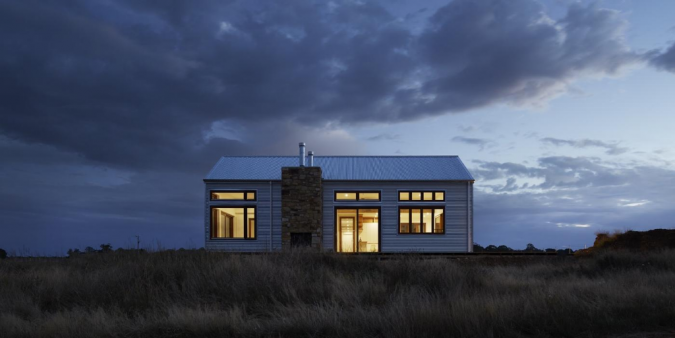A guide to sewage disposal for self-builds
Choosing colour palettes or that dreamy side table you’ve been eyeing up – those finishing touches are considered to be the most fun parts of the self-build project management process. There’s an endless to-do list before you reach that glorious point but before you get bogged down it’s time to tackle sewage solutions for your self-build.
First things first
Where do I start when it comes to sewage is your top question, right? Well, taking sewage away from your self-build home is a fairly straightforward process, covered by building regulations. You or your builder would need to lay a pipe in a trench up to your site boundary, and backfill. The local water authority will make the final connection. If you’re situated near to mains drainage, you have to use it for your new build. There are few areas where the sewage systems are overloaded; issues only occur during rain events. Contact your local council or building control department to find out whether you have separate sewers which take foul and waste water together, and rainwater or combined sewers.
There are many rural self-build plots which are situated away from the main sewers but there are a number of off-mains drainage choices to consider.
Read our tips on finding the perfect plot for your self-build here.

What else is there to choose from?
Cesspools
Where mains sewers aren’t available, cesspools have been used to capture waste to be processed elsewhere. While they ensure it doesn’t go into the ground or watercourses, you have to pay a supplier to pump out the waste and take it to a sewage treatment plant. Cesspits/cesspools work by storing raw sewage in a sealed tank, rather than being treated and discharged, which means they must be emptied when full and must not be allowed to overflow or leak. On the plus side there is a low installation and maintenance cost involved and you don’t need to treat the sewage. However, do bear in mind that it does require regular emptying.
Cost: At least £1,000 annual maintenance costs as it needs to be emptied several times a year.
Read more about the surveys and checks you need to complete before your building commences here.

Septic tanks and small sewage treatment plants
If your home is not connected to the mains sewage system, the waste water from your toilets, baths, showers, sinks and washing machines will drain into a septic tank or a small sewage treatment plant. Septic tanks are underground tanks where solids sink to the bottom forming sludge and the liquid flows into a drainage field where bacteria treat it as it soaks into the ground. They’re not allowed to discharge into a watercourse. Small sewage treatment plants work in a similar way but use mechanical parts to aerate the bacteria, which makes them more effective at treating waste water and means they can discharge treated sewage into a drainage field or directly into flowing water. In January 2015, new rules were introduced that simplify the way septic tanks and small sewage treatment plants are regulated in England, protecting the environment and improving water quality. If you have a septic tank or small sewage treatment plant, by law you must comply with the ‘general binding rules’, which means your system must be maintained properly and not cause pollution. Extra protection is in place in areas designated as environmentally sensitive, where people may need to apply for a permit.
Maintenance of septic tanks is pretty simple as they contain no moving parts. Contractors take off the crust at the top, and remove sludge from the bottom. With a package sewage treatment plant, they still ‘de-sludge it’ but also check the pump is working properly.
Cost: Varies but generally from £5,000 to install. At least £100 annual maintenance costs.
Dreaming of an eco self-build? Read our blog on 5 ways to increase the sustainability of your build here.

Reed beds
Reed beds are constructed wetlands and willow trenches which can deal with foul water and waste water onsite. It is not a sewage treatment system on their own - they are generally used with a treatment plant or septic tank. They allow microorganisms to digest the sewage and clean the water. There are two basic types of reed bed – vertical flow and horizontal flow – and the best system often results from combining the two. Reed beds are considered as better options for the environment as they provide a rich habitat and are more pleasant to look at. They essentially do the same job as a treatment plant but need a septic tank as well.
Cost: Varies but generally from £10,000 (septic tank, land drainage system) but depends on size of land for installation. At least £500 annual maintenance costs.
What insurance should you have when self-building? Find out more in our blog here.

Installation
When it comes to installing these systems they should be carried out observing the requirements of the relevant legislation. Do speak to the Environment Agency before installing a new system as you may need a permit and it’s a good idea to contact your local council to check your system will meet planning requirements and building regulations.

